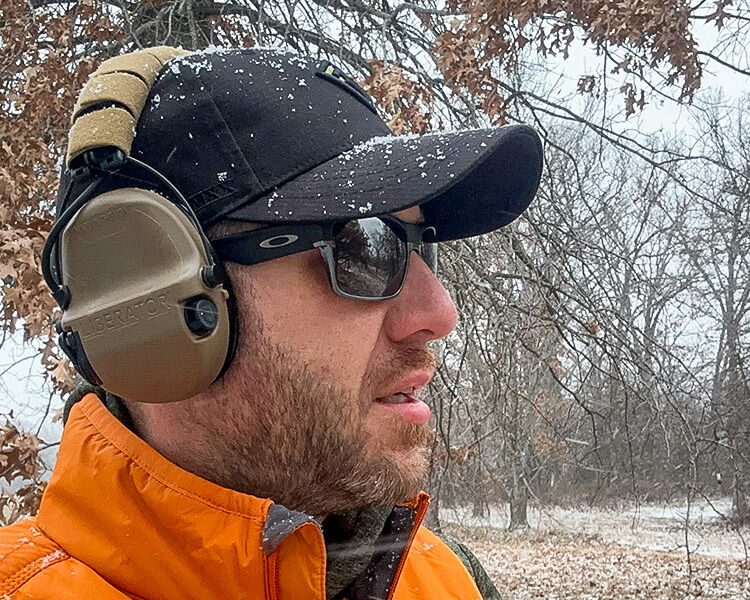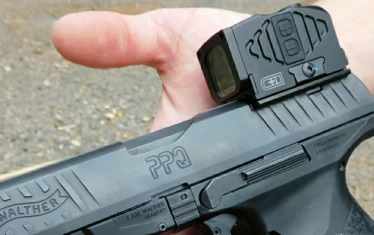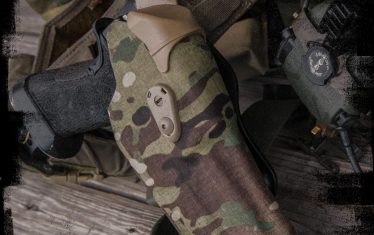In today’s world of technology, it isn’t hard to find good hearing protection. However, finding exceptional hearing protection is more of a challenge. I’ve recently been using Safariland’s Liberator HP electronic hearing protection, and they are beyond what I would call good.
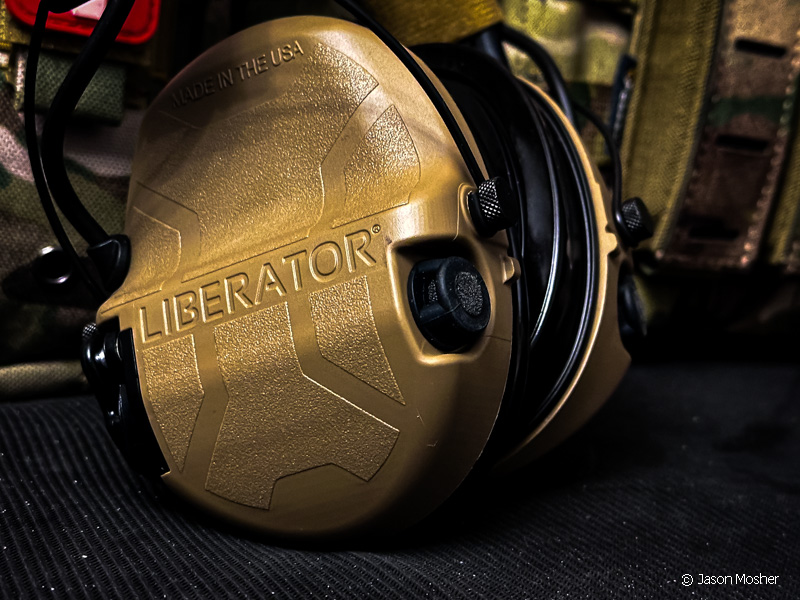
The most impressive aspect of the Liberators is the testing they’ve been subjected to. Safariland uses third-party testing to gain military standard 810G certification. This means they have been tested for various surroundings and passed the following categories:
- Extreme Cold: -34.6 degrees
- Extreme Heat: 120.2 degrees
- Immersion: One meter for 30 minutes
- Salt Spray
- Dust/Sand
- Solar Radiation
- Transit Drop
- Mold-Mildew
- Explosive Atmosphere
I don’t know about you, but I think that’s some serious testing for a set of hearing protection.
Part of the reason for such extreme testing is to make sure they will hold up to more than just days at the range. We think of hearing protection as something you wear when shooting for fun. If your life could be in danger, hearing protection is not even on your radar, but it should be. During a self-defense incident, your hearing can affect your response.
We may not always have time to find hearing protection in these types of incidents. But with a little training and preparation, hearing protection could be an option. Without it, one gunshot in an enclosed area can significantly affect your ability to respond to a threat.
About the Liberator HP hearing protection
Before we even get into the electronic side of the earmuffs, I must mention how comfortable these are.
Those who need to wear hearing protection for extended periods know how important good hearing protection is. Even if the noise canceling and electronic pickup work well, your ears and head can start to ache after a while.
The gel-filled cushions on the Liberators provide what I think is one of the most comfortable sets I’ve ever worn.
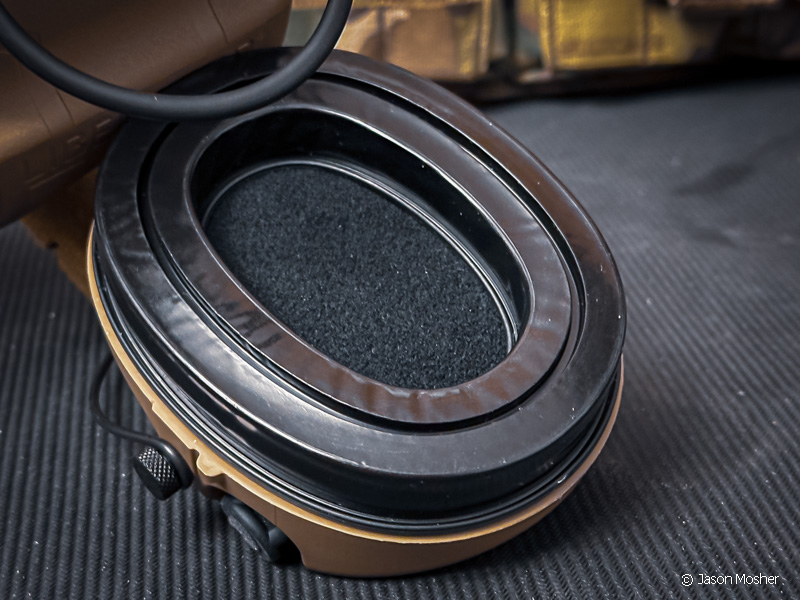
The headband has a removable Velcro cover. It is made to convert to a behind-the-helmet attachment if you purchase the needed accessories.
Another cool feature of the Liberators is the easily accessible battery compartment.
On most other units, you have to take a cover off the side of the earmuffs to change the battery. The Liberators have an access door on the side that flips open. You can use two AAA batteries or one CR123 battery to power them. Run time is rated at 160-300 hours depending on the mode used. That’s an impressive run time for one CR123 or two AAA batteries.
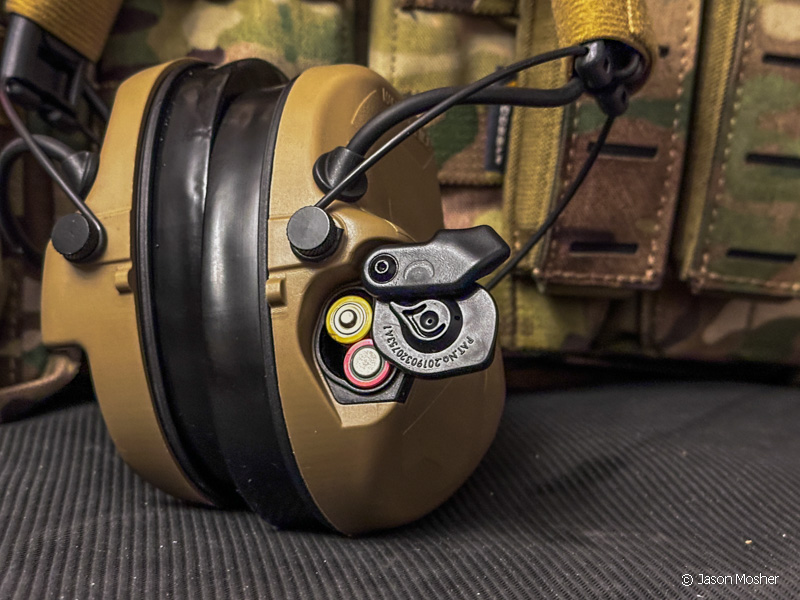
You can purchase a rechargeable set if you prefer that instead. After working on a tactical response team, I learned the hard way not to use rechargeable batteries for certain gear. If you end up somewhere longer than expected, you may not have time to stop and charge a battery. Making a fast battery change in the field is easier to manage.
Programing and using the Liberator HP
With the Liberators turned on, the noise cancelation provides a noise reduction of 26 decibels. The high-definition speakers are clear and have multiple volume settings to choose from.
The controls on the side of the Liberators are easy to use with a power button and two volume buttons.
To turn the earmuffs on, press the power button for a couple of seconds. You will hear a voice that says, “Power on, mode one.” Mode one is the default setting on the Liberators. To change the mode press both volume buttons at the same time. A voice will prompt you to change the mode settings.
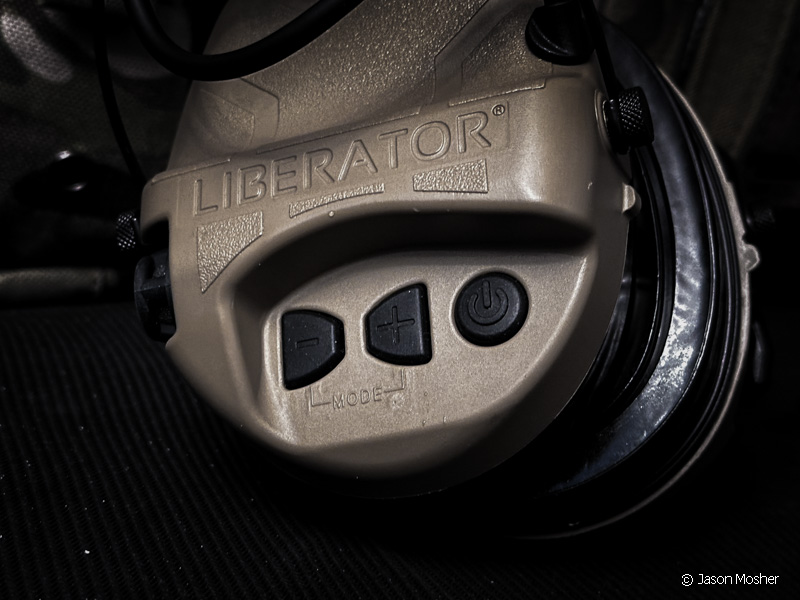
Safariland Liberator Hearing Modes
- Mode 1: This mode is the one you should use for everyday settings. It gives you the ability to hear threats while blocking out loud noises. This setting is for random noises, however, and not a steady loud sound.
- Mode 2: This mode is for high-level steady noise that is ongoing for periods of time, such as in a plane, vehicle, boat, or helicopter, or in the vicinity of loud equipment. This mode provides additional sound protection of 4-9 decibels.
- Mode 3: This mode is for clarity. It blocks external noise except speech so you can have face-to-face conversations in loud environments.
Of course, when they are on, you can adjust the volume by pressing the plus or minus button. When a button is pressed, an audible sound can be heard to let you know the level of the volume. Press and hold the power button for two seconds to power the headset down.
Power saving mode
The Liberators also have a power-saving mode to keep the battery from running down when not used. If there is no movement for five minutes, the voice will say “Power Off” five times. After that, the unit turns off.
This is somewhat like the auto-off settings on red dots, which is a feature I like. I did not expect to find this feature on the headset, so this is great. When the battery does get low (less than 20 hours left), the voice will tell you to “change battery” every 15 minutes.
Shooting with the Safariland Liberator HP
What sets the Safariland Liberators apart from many other units is the 360-degree directional hearing. This helps you identify where a sound is coming, which helps identify a threat.
Cheaper headsets I’ve used before work great for electronic hearing, but not for telling where the sounds are coming from. You just hear a noise and must look around to figure out where it is. When wearing the Liberator, I can easily distinguish where the sound is.
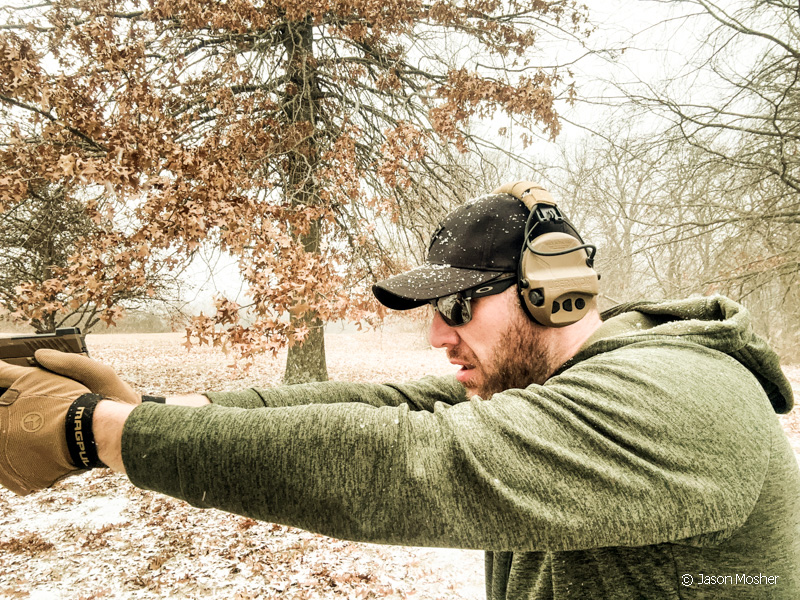
On the range, the noise cancelation is great. With my initial testing, I fired some handguns and an AR pistol to see how it worked. There are louder guns out there, but a 5.56 round coming out of a 7-inch barrel is loud. The electronic noise reduction system did what it was supposed to and worked great. I could hear just fine, and nothing bothered my ears.
What’s even better, however, is I wore them for hours and forgot I even had them on. Neither my head nor my ears were hurting when I took them off.
This is a product I recommend
If you own a gun, you should be training with it. Depending on how much you shoot may determine if you want to invest in a good quality pair of earmuffs.
The Safariland Liberator HP headset is more expensive than a budget pair like Walker’s or AXIL, but you get more features. Battery life, directional hearing, and multiple mode selection are all upgraded features compared to other brands.
What’s most important to me is how comfortable they are. Other models make my ears ache after hours of use. These don’t feel like they are smashing your head but still provide a good seal from the sound. If you want to see how quiet they are, wear them for a while and then turn the power off. Just about all sounds go away, showing you how well they really do work.
If you want some good hearing protection that is durable and works like a champ, I would recommend the Safariland Liberator HP 2.0.





